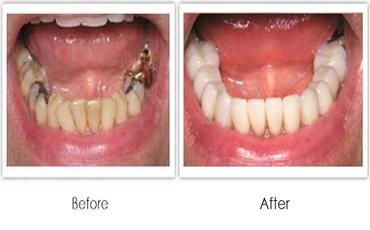Nowadays, Root Canal Treatment is one of the most successful dental surgeries all across the world. Often your concerned dentist will not clear your doubts, if you wish to learn more about this complicated treatment procedure. So, here is a brief of what all you desire to know and understand.
What is Root Canal?
At the very beginning of this chapter, you will require to know what the root canal is all about.
Root canal is the funnel-shaped channel that runs from the facade to interior up to the root. The channel is full of sensitive tissues and nerves, which acts for our dental sensation.
Why Root Canal Treatment is required?
 If the tissues or nerves present in the channel are damaged or injured due to external hurt, treatment is needed. The situation can be created because of deep cavity or cracked tooth. The dead tissues accentuate the rest portion of the tooth pulp and damage the teeth. More so, untreated infected tissues can affect the gum and jaw bone, causing unbearable tooth pain.
If the tissues or nerves present in the channel are damaged or injured due to external hurt, treatment is needed. The situation can be created because of deep cavity or cracked tooth. The dead tissues accentuate the rest portion of the tooth pulp and damage the teeth. More so, untreated infected tissues can affect the gum and jaw bone, causing unbearable tooth pain.
In earlier days, the dentists used to pluck the affected tooth in order to restrict further damage. However, in recent times, teeth-specific Root Canal Treatment is done through ultra-modern processes.
How the treatment is carried out?
The treatment requires few sessions with the dentist, where the professional performs the x-ray of the teeth. On the basis of the report, the dentist gauges how much severe the condition is and accordingly works on it.
The patient is given anaesthesia or tranquilizer in that certain portion. Afterwards, the pulp or canal is cleaned by removing the dead tissues. Initially, temporary filling is placed and on the D-day the dentist removes them and places the permanent one. In order to provide a structural support, a metal rod or plastic rod is placed. Finally, a crown is placed over the fillings that bring back the natural shape of the tooth.
Conclusion
The treatment is sometimes very painful as the tissues are removed completely. However, the fillings stay for a long time, if proper care is taken.



Leave a Comment